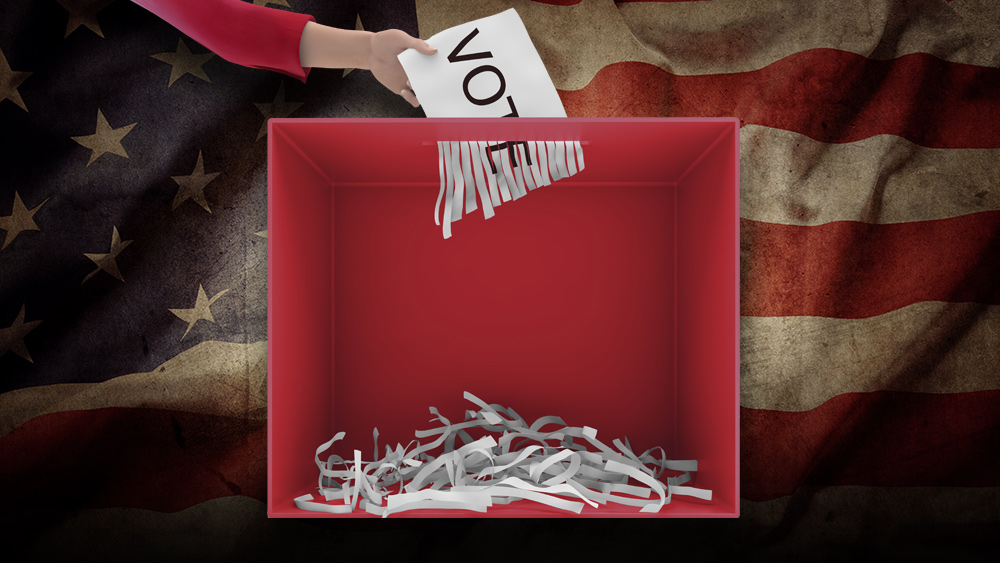
Advertisement
Zhu Najuan, a 59-year old Chinese local, was apprehended by law enforcement officers mid-July for debt avoidance. Police were initially confused if they had captured the right criminal as the woman they saw looked decades younger. A policeman told the state news agency, Xinhua, “we were very surprised at the scene. She looked [like she was] in her thirties and was different from the photos we had.” It turned out that Najuan had undergone several plastic surgeries to change her appearance. Her plan was to move to the southern city of Shenzhen and start a new life using a forged identity. Nanjuan was running away from an outstanding credit card debt of 25 million yuan ($3.71 million).
Police officials were made aware of Najuan’s location through an anonymous tip. Officials found her in Wuhan, surrounded by passports and identifying papers in another person’s name. These files, as well as her assortment of surgeries, were paid for using borrowed bank cards. The Chinese court has detained Nanjuan and ordered her to pay back her personal debt.
This story highlights the innovative ways Chinese locals are using to avoid paying their outstanding credit debt. The country is struggling to find a balance between allowing its citizens to have more credit while preventing an inconceivable amount of debt. Chinese economists claim that since the start of this year, household debt has reached around 50 percent of the gross domestic product of 2016. This is twice the amount of recorded incidences in less than a decade.
China is attempting to design a reliable nationwide credit rating system. In the meantime, authorities are looking into new ways to punish credit offenders. This supposedly includes blacklisting offenders. According to their state media, anyone who telephones a blacklisted individual would be forced to listen to a pre-recorded message: “Please urge this person to fulfill their legal obligations.”

Around 186 people have been detained since the first half of the year.
China’s debt crisis
The country’s national bank, The People’s Bank of China (PBOC) extended 1.1 trillion yuan ($159.4 billion) in loans from January to April of this year. This was only 1.02 trillion yuan ($151.6 billion) in March. This is well beyond the loan amount predicted by analysts at Reuters who gave a moderate estimate of 714 billion yuan ($106 million). These figures underscore the new banking behavior of the country as it attempts to balance its economy. ANZ’s China economists David Qu and Betty Wang warned, “April’s credit expansion could have been due to front-load funding demand ahead of regulatory tightening, and the risk tilts to the downside in the coming months.”
These cautionary messages proved to be true as China is observed to have been struggling since the financial year started. Chinese leaders though, have promised to address these financial risks. Insofar as what can be determined, the country’s response to the crisis was to engage in various shadow banking methods, including increasing its checks on off-balance sheet wealth management products. Economists in the republic have also seen their banks guiding short-term interest rates to mitigate debt. Likewise the PBOC has been injecting funds into the local banks to prevent the economy from being in the red; although such tactics can prove to be disastrous in the long term. Speculative investments, which many countries use to improve economic growth, can be dampened by these short-term fixes. (Related: China dumping U.S. Treasury debt in record volume…is this a prelude to the globalist assault on Trump’s economy?)
This is over and on top of the fears that people like Nanjuan are cheating the system by refusing to pay their debt.
Sources include:
Submit a correction >>
This article may contain statements that reflect the opinion of the author
Advertisement
Advertisements















